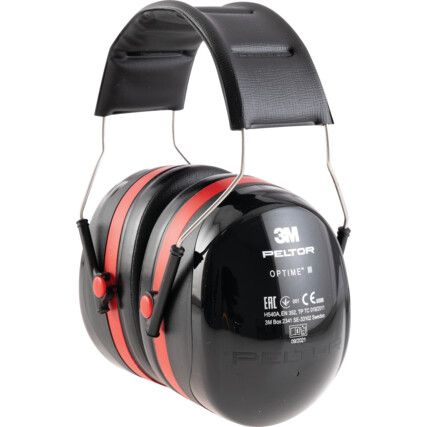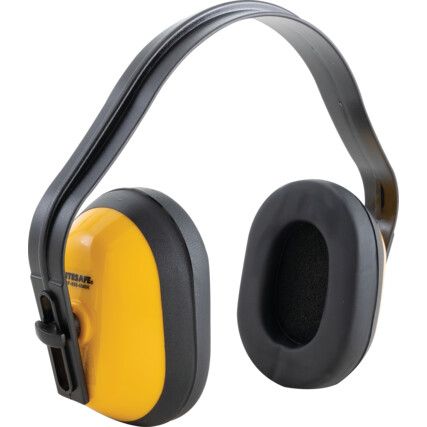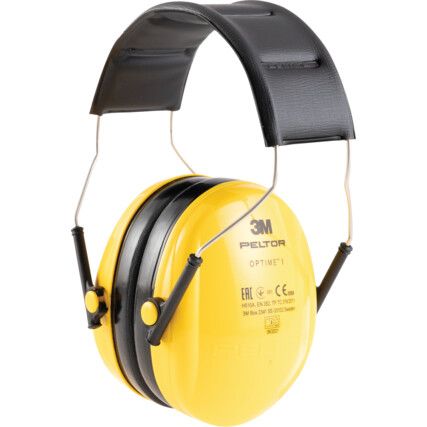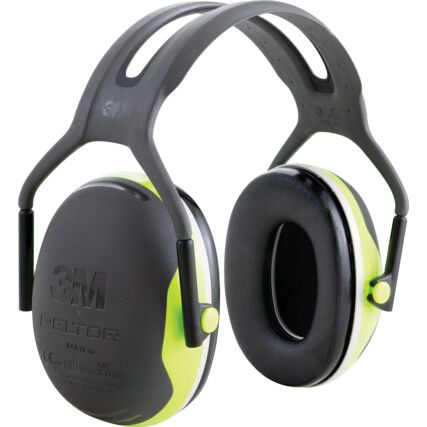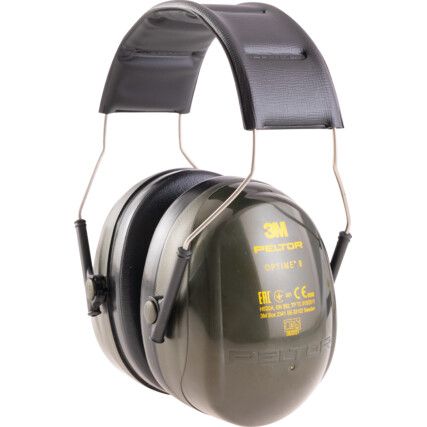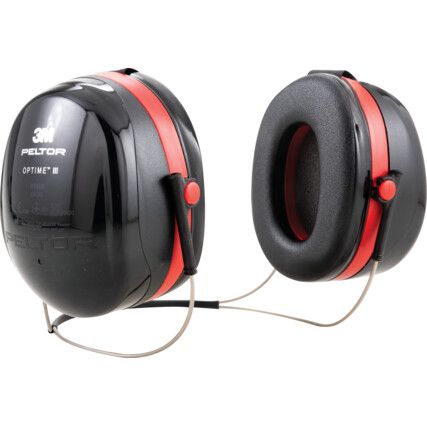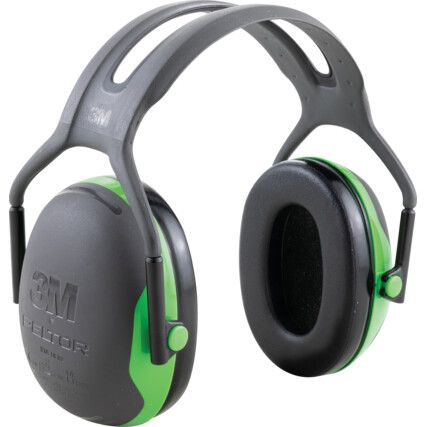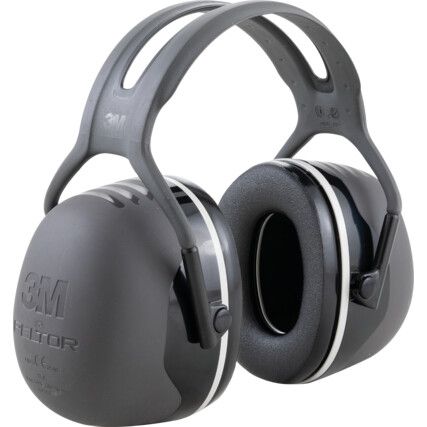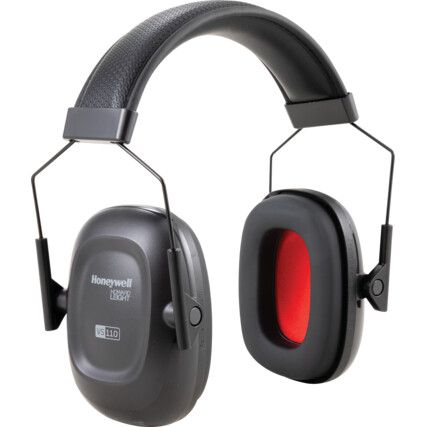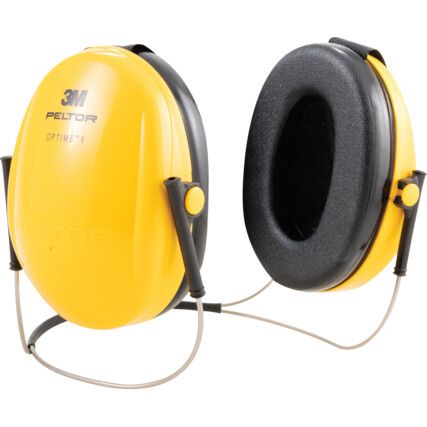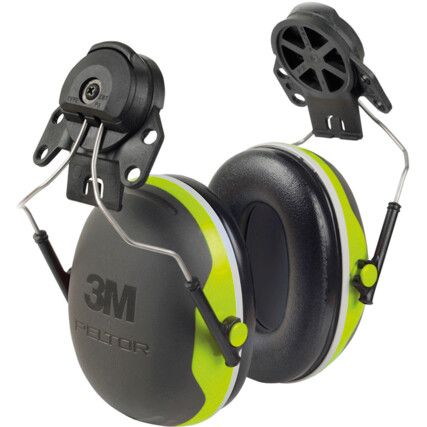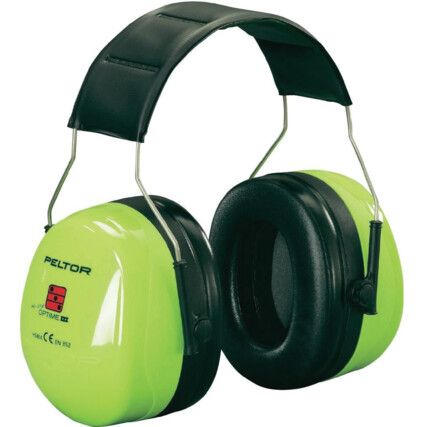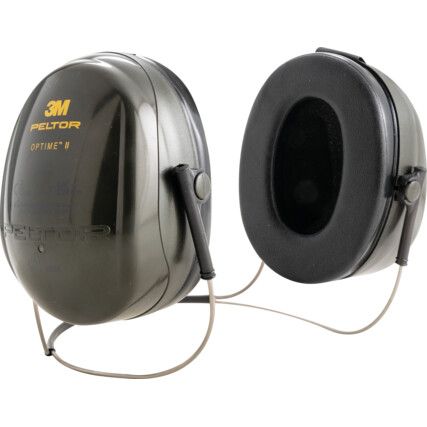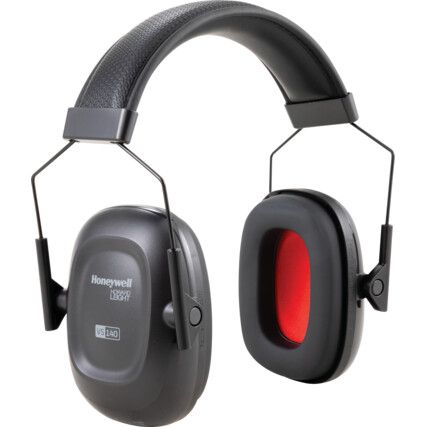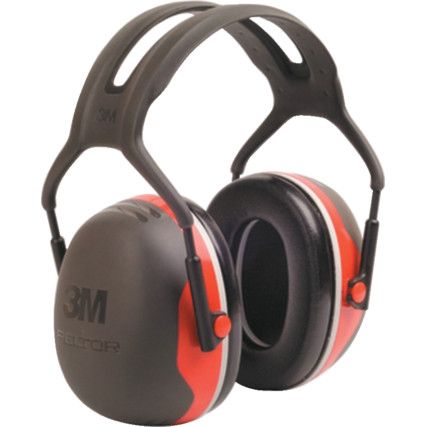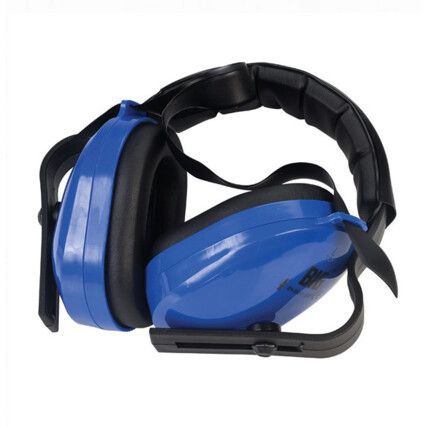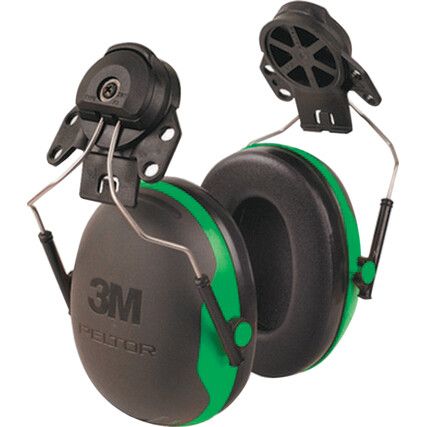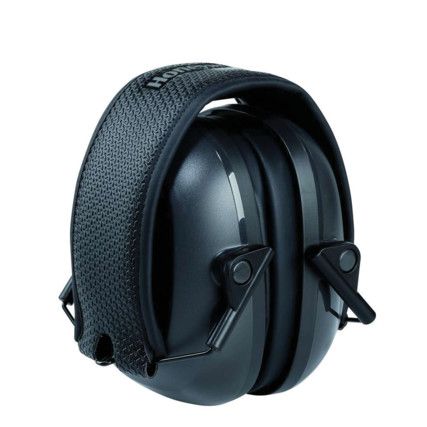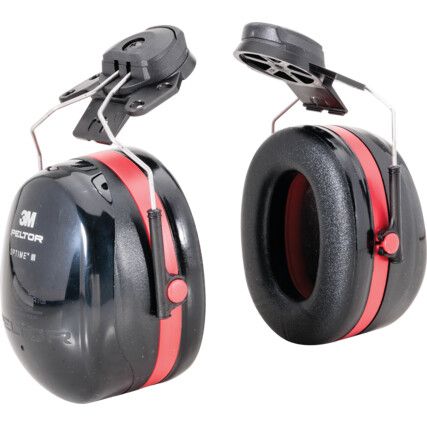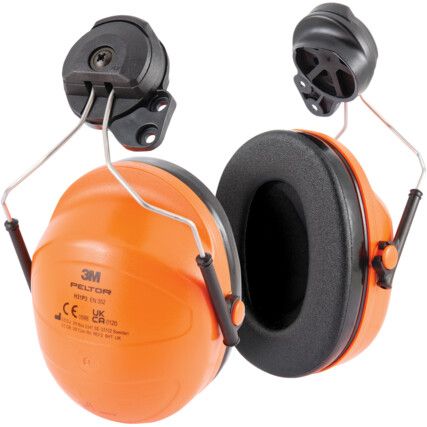Ear Defenders
For high-performance hearing protection, our range of ear defenders delivers comfort and attenuation features to keep your people safe. Available in a selection of passive and electronic variations, all ear cups are padded using acoustic technologies, which absorb excessive noise and buffer the ears against damage.
Some electronic models of earmuff feature radios or two-way communication methods built into the earpieces to allow for safe communication with colleagues. While others have a Level-Dependent feature that adjusts attenuation levels in line with changes in noise levels.
At Cromwell, we're proud to stock high-quality ear protection from well-known brands, like 3M™ Peltor™, Honeywell® and JSP®.
What are ear defenders?
Also known as earmuffs and ear protectors, ear defenders are made up of padded ear cups connected with a headband that protect the ears against damage from excessive noise. Allocated an attenuation rating, (otherwise known as an SNR or Single Number Rating) ear defenders can be chosen to protect against specific noise levels for each industry.
Why ear defenders?
Working long-term in excessively noisy environments can lead to hearing problems, such as Noise-Induced Hearing Loss (NIHL). This is where the structures responsible for picking up vibrations in the ear canal are irreparably damaged when frequently exposed to excessive noise.
Another potential consequence is tinnitus, where sufferers experience a constant ringing or buzzing noise. These kinds of conditions can be extremely upsetting and can prevent communication with others as well as competency in the workplace.
Loss of hearing is a major health and safety risk, as it limits risk awareness and the ability to hear shouts of warning and could lead to serious injury or even death.
Ear defenders are a preventative measure, and, while noise control processes should be in place in a noisy working environment, they can go a long way to protecting a worker's hearing to keep them safe and well.
When are ear defenders used?
According to The Control of Noise at Work Regulations 2005, hearing protection, such as ear defenders or ear plugs must be provided when workers are exposed to 85 decibels of noise. While risk assessments and training must be given to employees once 80 decibels of noise exposure has been reached.
Ear defender types
There are four types of ear defenders with allocated attenuation or SNR ratings. Available in a range of designs with special features and technologies, all ear defenders must conform to EN 352 standards and be CE marked.
• Standard Ear defenders - These consist of two protection ear cups attached by a headband which sits on the head or in some cases worn under the neck.
• Helmet mounted ear defenders - When a safety helmet is required as well as ear defenders, this type clips onto pre-moulded vents on the sides of a hard hat.
• Active noise reduction ear defenders - A sensor embedded in the ear cups adjusts the attenuation levels based on the external noise levels to deliver maximum protection.
• Ear defenders with electrical audio input - These feature a built-in radio system to allow end-users to listen to music while they work.
Considerations when choosing ear defenders
• Comfort - uncomfortable ear defenders may put some employees off wearing them. If an item of PPE is to be worn for prolonged periods, comfort is an important factor.
• Risk assessment - a risk assessment should identify the maximum noise levels in the workplace settings and any other risks that might require protection, such as hard hats, where helmet-mounted ear defenders would do the trick.
• Attenuation - the type of ear defender chosen must feature an attenuation rating in line with the identified maximum noise levels in the workplace.
• Features - where noise levels fluctuate, active noise reduction features may be required. Where employees must maintain communication with one another, a two-way radio feature is ideal.
Ear defender jargon buster
We want to make it easy for you, so here are some key terms that will help you understand the range and applications a little better.
What does the earmuff safety standard EN 352-1:1993 mean?
EN 352-1:1993 regulates the testing, marking and fit of standard headband earmuffs.
Let's break it down...
• EN - This is the current European standard
• 352 - This is the assigned legislation number
• -1 - This is the section in the standard that refers specifically to headband ear defenders
• 1993 - This is the year the safety standard around footwear was updated
FAQs
Do ear defenders block out sound?
Some ear defenders include noise-cancelling features for particularly loud working environments, like construction sites or machine operating warehouses.
Do ear defenders work?
Yes, when chosen to suit the environment, ear defenders are very effective in protecting the ears against excessive noise. When worn in high temperatures, they can cause some discomfort, but ear plugs are the perfect alternative in this situation.
For more information on hearing protection see our Hearing Protection Guide... https://www.cromwell.co.uk/info/safety-technical-hearing-protection
